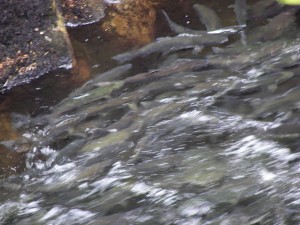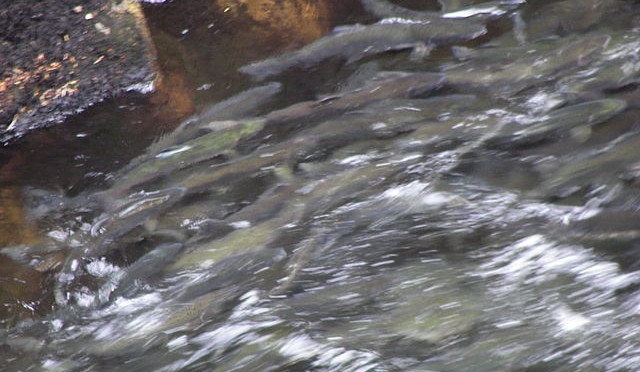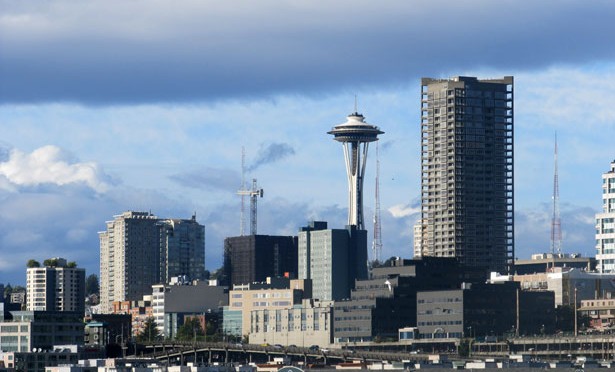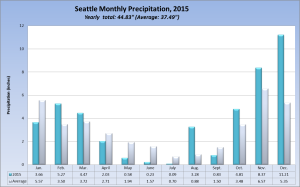 Flint Water Crisis Deepens
Flint Water Crisis Deepens
As investigations deepen, the Flint, Michigan water crisis has exposed “leadership failures at every level” (according to an article in the Detroit Free Press quoting U.S. House Oversight Committee Chairman Jason Chaffetz), citing “festering” long term problems and questioning the EPA’s level of attention as lead levels in Flint’s water rose to poisonous intensities.
As such, we’d like to bring you a throwback Thursday post to highlight an agency that is being proactive about ensuring that homeowners have access to and control of their water supplies.
Last year, the Skagit County Planning Department issued its first residential building permit with rainwater collection as the sole source of water. This move came in response to the in stream flow rule, which impeded Skagit Valley residential property development. Read more…
We here at RainBank believe there are good folks at governmental agencies who are being progressive about ensuring public health and safety by providing ways for residents to have access to clean, safe drinking water – a basic human right.



 With an average annual rainfall amount of 37.5″, the Seattle area is an ideal environment for rainwater collection, since Seattle area households see a moderate climate compared to other cities in the United States. Summers are generally short and winters are fairly moderate.
With an average annual rainfall amount of 37.5″, the Seattle area is an ideal environment for rainwater collection, since Seattle area households see a moderate climate compared to other cities in the United States. Summers are generally short and winters are fairly moderate.